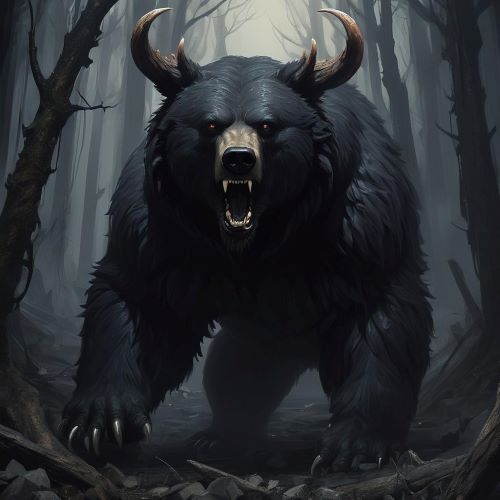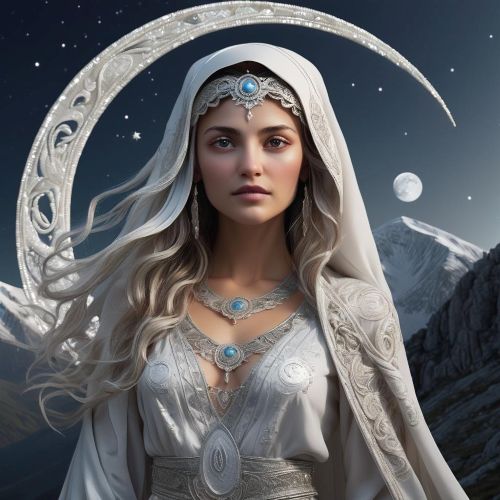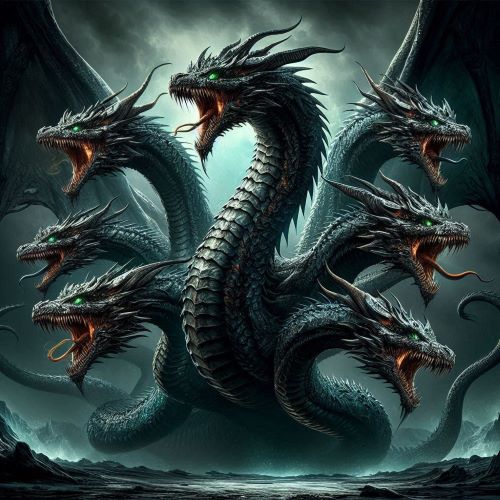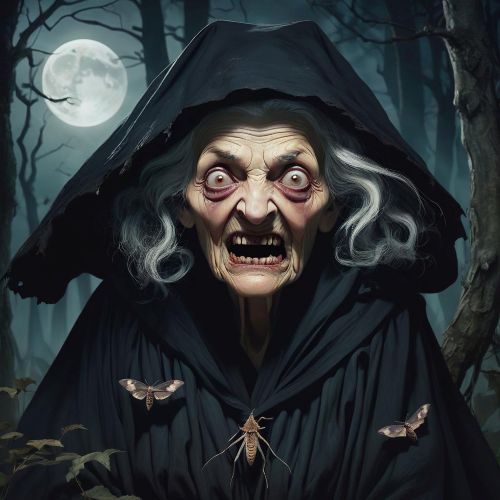Albanian Mythology
Albanian mythology is a fascinating blend of ancient pagan beliefs, folklore, and legends that reflect the cultural soul of the Albanian people. Rooted in the traditions of the ancient Illyrians, it has been preserved through oral storytelling, rituals, and customs passed down through generations. At its core, Albanian mythology explains the mysteries of the natural world, human existence, and the unseen forces believed to shape daily life. Deities, spirits, and mythical creatures play central roles, often embodying the duality of good and evil, protection and destruction, fertility and death. Unlike the more structured mythologies of Greece or Rome, Albanian mythology developed organically among rural communities, where mountains, rivers, and forests became sacred landscapes inhabited by supernatural beings that guided and sometimes challenged humanity.
One of the most prominent figures in Albanian mythology is the Sun, known as Dielli, who is revered as a life-giving force and a symbol of divine power. Equally significant is the Moon, called Hëna or Hana, often portrayed as a nurturing, feminine figure that complements the strength of the Sun. These celestial deities were believed to influence the cycles of life, harvests, and human fate. Alongside them, mythical beings such as Zana, ethereal fairy-like protectors of nature, embody grace and strength, offering blessings to heroes while punishing those who disturb the natural order. On the darker side, creatures like Kulshedra, a multi-headed serpent or dragon, represent chaos and destruction, demanding sacrifices to prevent catastrophe. These myths highlight the balance between benevolent and malevolent forces, reflecting the constant human struggle for harmony with nature and the unknown.
Albanian mythology is also rich in legendary heroes and spirits that embody cultural ideals of bravery, loyalty, and resilience. Figures such as Bolla, a serpent-like creature that awakens once a year to devour anything in its path, or Ora, guardian spirits tied to individual destiny, reveal how Albanians viewed the world through the lens of fate and protection. Oral traditions often depicted these beings as deeply connected to the everyday lives of people, guiding shepherds in the mountains, farmers in the fields, and families in their homes. Songs, epics, and rituals carried forward these myths, intertwining them with religious practices that later absorbed Christian and Islamic elements while keeping the older pagan layers intact. This unique blend gives Albanian mythology its distinct identity, where ancient beliefs coexist with later cultural influences without losing their original power.
Today, Albanian mythology continues to inspire cultural identity, literature, and art. Many of its mythical beings are celebrated in folk songs, dances, and festivals, keeping the stories alive in a modern context. The mountains of Albania, often described as mystical and untamed, remain closely tied to these legends, making them not only geographical landmarks but also spiritual ones. Writers, poets, and researchers are increasingly exploring these myths to preserve them for future generations and to showcase Albania’s unique contribution to world mythology. In the digital age, Albanian mythology is also finding a new audience globally, as interest in folklore and ancient traditions grows. By exploring these timeless stories, one discovers not only the imagination of the Albanian people but also their enduring connection to nature, destiny, and the sacred forces that shaped their world.





